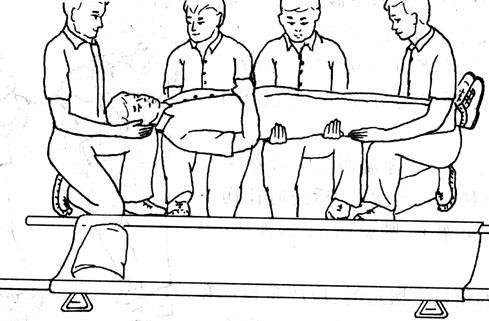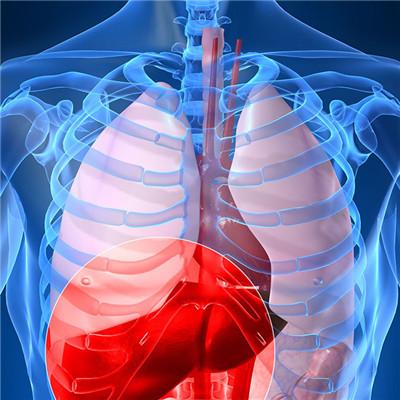How does oneself judge rib fracture?
summary
When it comes to fractures, many people are familiar with them. Fractures cause more damage to the body. There are also some differences in treatment for different groups of people with such problems. For young people with fracture problems, some conservative treatment methods can be selected. Older people can choose surgical treatment. How can we judge rib fractures? We can judge such fractures according to our own symptoms, Enable correct judgment.
How does oneself judge rib fracture?
Local pain is the most obvious symptom of rib fracture, which is aggravated by coughing, deep breathing or body rotation. Sometimes the patient can hear or feel the bone friction feeling of "clattering" at the rib fracture at the same time, and the pain and chest stability are damaged, which can limit the breathing, shallow and fast breathing and reduce alveolar ventilation.

* patients are afraid of coughing and phlegm retention, which may cause obstruction of lower respiratory tract secretion, pulmonary wet or atelectasis. This should be emphasized in patients with old or weak diseases or those with previous lung diseases. When flail chest is drawn, the negative pressure of the chest increases and the chest wall is sagging inward. During exhalation, the chest pressure increases and the injured chest wall floats and bulges, which is opposite to the movement of other chest walls and is called "abnormal breathing movement".

Abnormal breathing movement can make the pressure of both sides of the thoracic cavity unbalanced, and the mediastinum moves back and forth with breathing, which is called "mediastinal swing". It affects the blood return and causes circulatory dysfunction, which is one of the important factors leading to and aggravating shock. Chest pain and chest stability damage are more serious when flail chest occurs, and abnormal breathing movement makes respiratory movement limited and cough weak, Decreased vital capacity and functional residual capacity (FRC), decreased lung compliance and tidal volume, often accompanied by severe dyspnea and hypoxemia.

matters needing attention
Rib fractures mostly occurred in the fourth to seventh ribs; The first to third ribs are protected by clavicle, scapula and shoulder girdle muscles, which are not easy to be broken; The 8th to 10th ribs became shorter and connected to the cartilage arch, which had elastic buffer and reduced the chance of fracture; The 11th and 12th ribs are floating ribs with large range of motion and few fractures. However, when the violence is strong, these ribs may be fractured.














